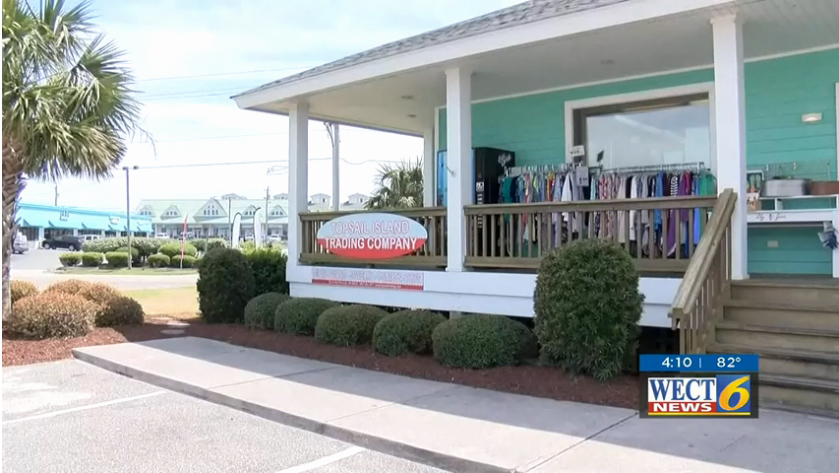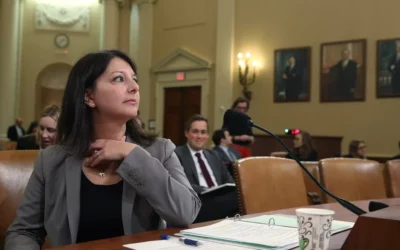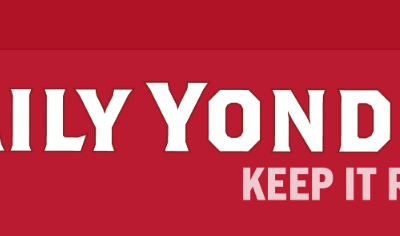WCH In the News
For some small businesses in crisis, federal programs provide more headaches than relief
Original article courtesy of WCET Wilmington, NC.
April 9, 2020 at 4:09 PM EDT – Updated April 9 at 5:24 PM

WILMINGTON, N.C. (WECT) – Small businesses around the country have been forced to cut hours, lay off workers or even hang up a “closed” sign as nearly all industries continue reeling from stay-at-home orders and social distancing practices.
As part of the Care Act, the stimulus bill passed by congress in response to the pandemic, small businesses are eligible for disaster loans from the Small Business Administration.
The loans themselves are designed to actually work more like grants, with businesses able to seek loan forgiveness under certain circumstances.
However, from website errors to banks refusing to actually lend the cash, the roll out of the program has not been seamless, said Jeanne Milliken Bonds.
Bonds, who is a former Wilmington resident and used to work at the Federal Reserve Bank of Richmond, said there are a myriad of reasons small businesses are not able to use the program in the way it was intended.
The loans
Business owners of companies with fewer than 500 employees, or those that fit into three other small business categories defined by the IRS, and nonprofit organizations are eligible to apply for a special iteration of the SBA’s loan offerings.
The “Paycheck Protection Program” sets aside $349 billion in loan funding — loans that are intended to be used for maintaining payroll or re-hiring laid-off employees that had to be cut because of lost business from COVID-19.
“The SBA had to write the regulations for that,” Bonds said. “When they wrote the regulations they started making some limitations because they knew the pool of money was not going to be large enough to support all of the small businesses.”
Those limitations include requiring that 75% of the loan proceeds be used for payroll purposes — primarily employee wages— with the remaining amount allowed to be used for things like rent and utilities.
Additionally, to qualify for forgiveness, businesses either have to keep their employees on the payroll, or hire them back by June 30 — a date Bonds says it is unclear if the pandemic will be resolved by.
The SBA is also offering advances on these loans among other options.
“Many banks are eligible SBA lenders for the program mentioned including Economic Injury Disaster Loan (EIDL)and the $10k Advance for small businesses and private, non-profit organizations, [and the] Express Bridge Loan Pilot for small businesses, SBA CARES ACT Paycheck Protection Program (P3),” Bonds said.
The fear
Bonds says many businesses worry they may not be able to re-open by the end of June, if they are able to re-open at all, and business owners are hesitant to take on debt they aren’t positive will be forgiven.
“You’ve got different types of small businesses. You’ve got hospitality type businesses that you know kind of operate on the margins anyway and a lot of them are saying, ‘I don’t want to take on debt. I want to help my employees, I want to fix up my model, I want to keep doing this but I don’t know if I can bring them back in June like it says, and I don’t know if I can even come back from this.’”
Other issues
On top of the apprehension, Bonds says there has been more than a few hiccups in the process so far.
First, she said, the website where business owners are told to go and fill out an application has had trouble handling the volume of visitors.
For those with limited internet connectivity, particularly in rural areas, she said this has been a major hurdle when it comes to access.
Additionally, even when they are able to get into the system, Bonds says many business owners are not able to find banks willing to lend the money, either because they’ve hit a cap on the amount they can or want to lend, or because they are limiting lending to existing customers.
“You’ve got just kind of layers and layers,” she said. “So it’s not unexpected that this would be an infrastructure collapse.”
She said there was a breakdown of communication between Congress, the SBA and the banks, and things are starting to turn around.
Other options
Still, Bonds says for many small businesses, the relief offered through the Cares Act and its Paycheck Protection Program isn’t enough to sustain operations.
“You’ve got [businesses] that clearly need some assistance walking through the form and making sure they really understand it, [and] you’ve got others that they really need assistance thinking about the whole picture of what’s going on with their business.”
Bond said there are other options out there for small businesses left struggling by the response to the virus:
For general small businesses
- U.S. Chamber of Commerce primer on federal stimulus aid programs for small businesses
- https://www.uschamber.com/coronavirus
- Equivico’s COVID-19 relief guide for small business
Responses from CDFIs (Community development financial institutions)
- Opportunity Finance Network Response to COVID-19 & CDFI Locator
- Grow with Google Small Business Fund
- The CDFI Fund of the U.S. Department of the Treasury
- Connect2Capital powered by the Community Reinvestment Fund, USA
Copyright 2020 WECT. All rights reserved.
Other News
The EIDC Economic Development Journal – Fall 2023
WCH In the NewsThe EIDC Economic Development Journal - Fall 2023 International Economic Development Council1275 K Street, NW, Suite 300 • Washington, DC 20005 • www.iedconline.orgChair: Jonas Peterson, CEcDPresident & CEO: Nathan OhleEditor: Jenny Murphy.November...
The painful pandemic lessons Mandy Cohen carries to the CDC
The painful pandemic lessons Mandy Cohen carries to the CDC"North Carolina initially failed to prioritize testing for people who were exposed to #COVID19 because of where they live or work." - Jeanne Milliken Bonds, Professor of Social Impact Investing at the...
Analysis: South’s Population Growth Can Lead to Prosperity if Local Governments Support Entrepreneurs
WCH In the NewsAnalysis: South's Population Growth Can Lead to Prosperity if Local Governments Support Entrepreneurs Original article courtesy of Daily Yonder.by James H. Johnson, Jr., Jeanne Milliken Bonds and Wendell M. Davis November 30, 2022 ...



